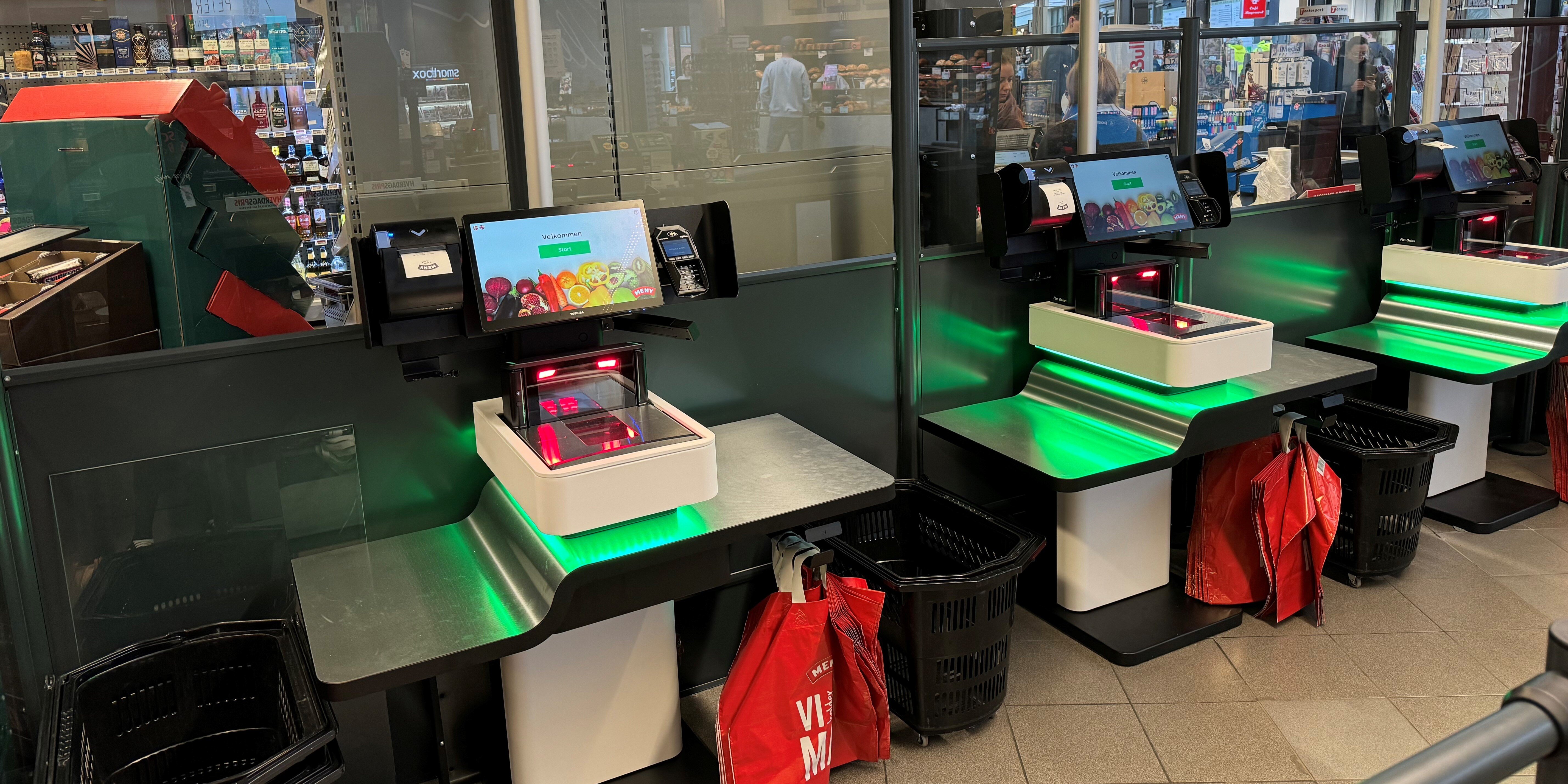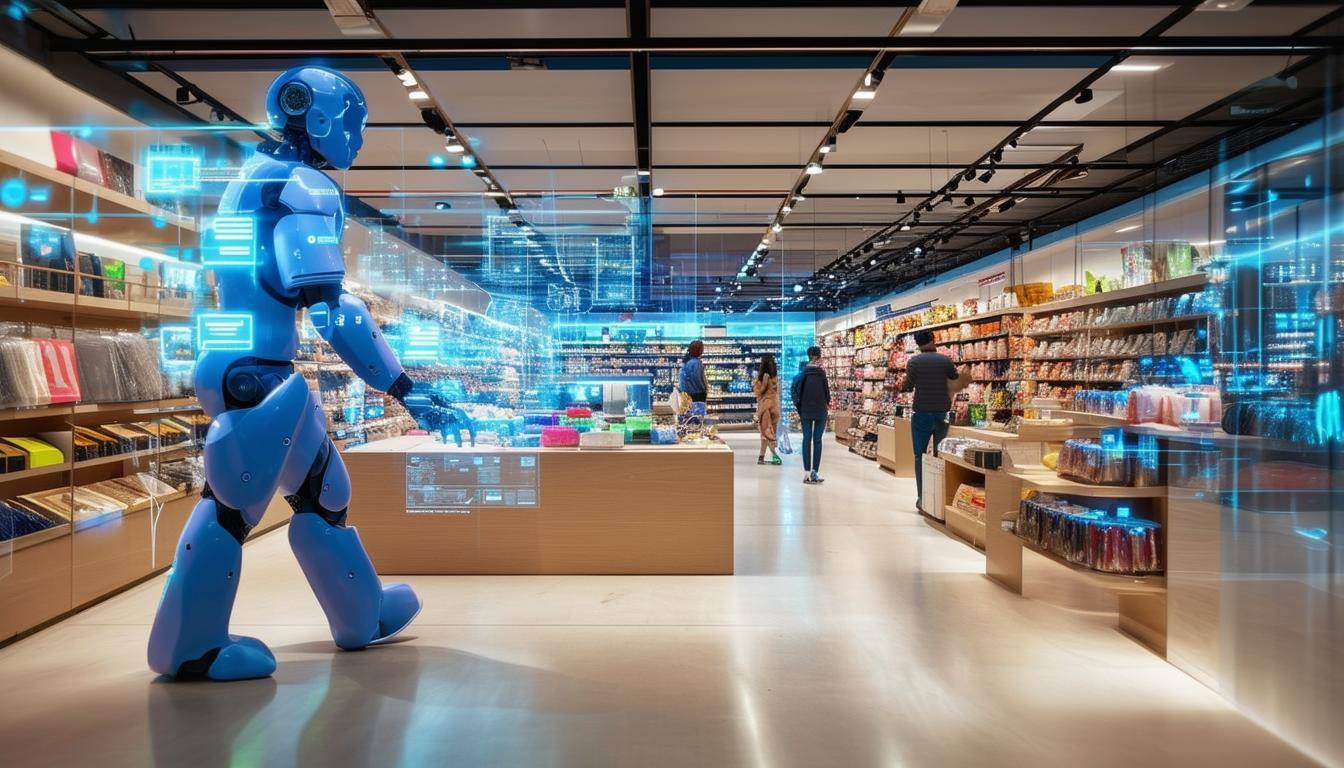In this blog post, we dive into what Conversational Commerce is and why it is a buzzword that has received tremendous attention in recent years.
A growing trendWhen Amazon launched their smart speaker, Amazon Echo, which is connected to Amazon's Alexa Voice Service, in 2014, there was a real focus on the potential of Natural Language Processing (NLP) technologies in e-Commerce.
We became acquainted with the concept of Conversational Commerce when former Developer Experience Lead at Uber, Chris Messina, In early 2015, introduced it in his article: "Conversational Commerce - Messaging apps bring the point of sale to you."
In the article, Messina sheds light on sales via "messaging apps" and "voice assistance" as a growing trend. According to him, Conversational Commerce is about providing convenience, personal experiences and helping to make decisions for the customers while on the go, and not having the opportunity to give the buying process its full attention.
In several other places, Conversational Commerce is described as a concept that uses conversation to move customers through the buying process. It can be via Artificial Intelligence and Machine Learning used in chatbots, messaging apps, voice assistants, etc. As long as the communication with the customer is personal, helpful and they are moved through the sales funnel, it serves its purpose.
What are the benefits of Conversational Commerce?
Since we first came across Conversational Commerce, it has become a hot topic in online Commerce, but why? Because the service taps directly into how today's consumers prefer their shopping experience - personal, fast, easy, and convenient. If the service is executed correctly, it can bring lots of valuable benefits:
1. A personal customer experience 24/7
e-Commerce shopping experiences are characterized by being both convenient and fast. For many customers, however, the expectation of the shopping experience goes beyond that. They are looking for the personal element that can often be lost when digitization and automation take over. Many e-Commerce companies have recognized the demand for more personalized experiences, and some have invested in conversation technology to scale one-to-one communication. For example, an AI conversation technology attached to the webshop, Facebook Messenger, or other interactive channels.
e-Commercers who have experimented with Conversational Commerce have learned that if the customer knows exactly what they want to buy, it can support sales positively. If the customer knows exactly what the support needs are, then Conversational Commerce can also support positively. But if one has to figure out their need through communication, then it is too complicated.
Therefore, if your overall desire is to implement Conversational Commerce in your e-Commerce business is to create a personal experience, it will not be the best solution. While Conversational Commerce is undoubtedly an excellent tool for personalizing the digital customer experience, AI technology is not yet where it can be compared to the one-on-one dialogue your employees can offer. If personal customer experience is the most important thing for you, then a live chat with your employees behind the keys will probably be a better solution.
The advantage of Conversational Commerce is that your customers can have their inquiries answered quickly and 24 hours a day. For some, it will make up for what is lost on the personal perspective when a robot takes over the conversation.
2. More satisfied customers
The shorter the time it takes to solve a problem, the more satisfied your customers will most often be. In addition to increasing conversion, good buying experiences mean that your customers are more satisfied. Recent studies show that retailers who use Conversational Commerce correctly see an increase in their NPS (net promoter score). This means that the likelihood of creating loyal customers increases and that customer service costs are reduced. With more satisfied customers, the need to handle customer inquiries - and complaints will, of course, be less.
3. Better conversion capability
Today, it is not products or prices that have the most significant impact on conversion. Instead, it is the shopping experience you provide. Data shows that more than 80 percent of customers are willing to pay more for a better experience. With Conversational Commerce, you contribute to the fast and convenient experience that customers demand, thus increasing the possibility of conversion.
What types of Conversational Commerce are there?
With Conversational Commerce, you can start conversations with your customers on several different channels. It can be via Facebook Messenger, a chatbot on your webshop, a voice assistant in their living room, etc. It is about meeting the customers via the channel they prefer. Below we dive into which channels are most frequently used in connection with Conversational Commerce.
1. Chatbots
Consumers are getting used to using chatbots when shopping online. Chatbots use Conversational AI to quickly answer requests for deliveries, refunds, and other frequently asked questions from customers. They can also be used to gather feedback or promote additional sales opportunities. The chatbot can talk to several customers at the same time and answer questions in no time. Companies use chatbots to interact with their customers without having to put much effort into it.
2. Messaging apps
The four most prominent messaging apps (Messenger, WhatsApp, Instagram, and WeChat) have 4.9 billion users. Which equates to 65 percent of the world's population. A messaging app is a platform that allows you to exchange messages instantly. Consumers eagerly use the platforms privately to contact companies or do online shopping. With Conversational Commerce via messaging apps, you can create more personal and natural communication with your customers.
3. Voice assistants
A voice assistant is a type of software activated by voice commands - also called voice-activated software. Based on specific commands from the user, a voice assistant can return relevant information by listening to particular keywords and filtering the ambient noise. Examples of voice assistants are Google Assistant, Amazon's Alexa, and Apple's Siri. Consumers love them because they are fun, practical, and provide space for multitasking. The voice assistant uses Natural Language Processing (NLP) to understand and execute the consumer's request. The buying process is made incredibly easy for the customer with a voice assistant.
Is Conversational Commerce here to stay?
If you want to stay relevant in today's ultra-competitive market, you need to create a strategy to meet the customers where they are. For most people, this is not new knowledge; many have already implemented an omnichannel business model where they can reach out to their customers via several different channels.
Are you in doubt about what an omnichannel business model more concretely is and entails? Read here and get an in-depth answer to the question: What is omnichannel?
There is no doubt that Conversational Commerce is also a valuable tool for meeting customers where they are - and with the rapid development we are experiencing today, the service is only getting better and better. At Fiftytwo we follow developments in AI and Conversational Commerce closely.




